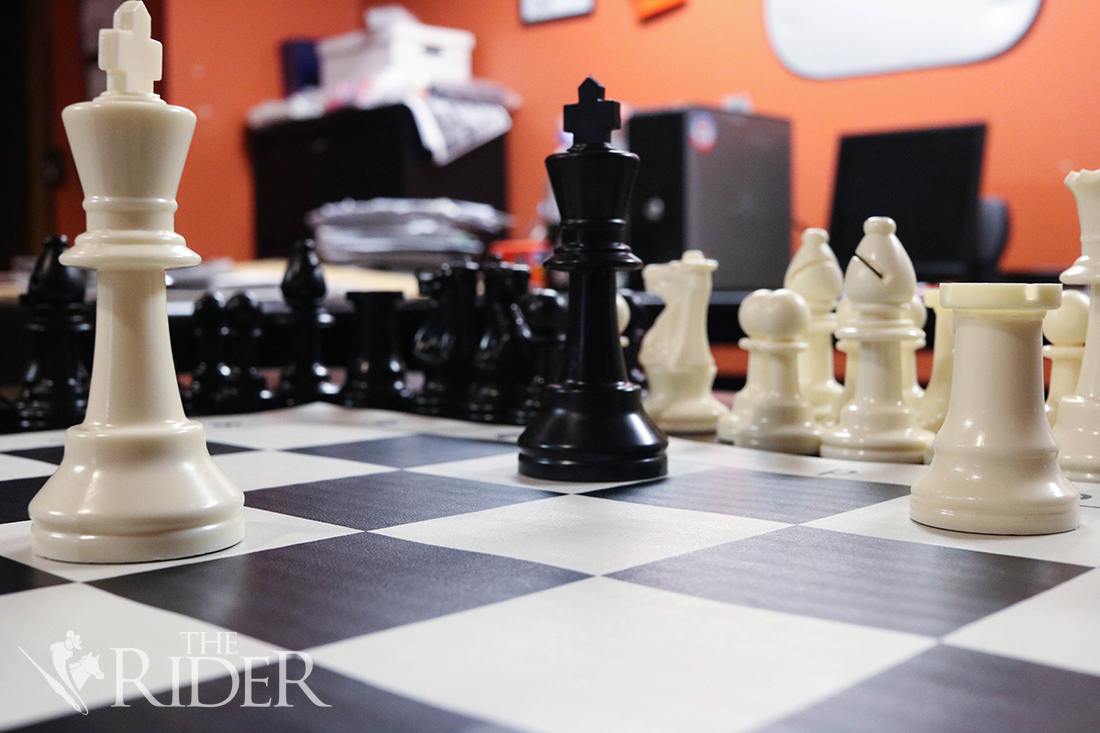
In the game of chess, queens are the strongest pieces on the board. However, there are many ways to achieve a checkmate without a queen.
In many end-game situations, players will find themselves with a king and one extra piece against the opponent’s king. Many pieces cannot accomplish a checkmate in this situation.
The pieces that can achieve a checkmate in these types of end-game situations are a queen and a rook. A checkmate cannot occur with a bishop or knight.
In order to achieve a checkmate with a king and a rook, the opponent’s king must be limited to moving in one of the rows bordering the chessboard.
The first step in moving the opponent’s king to the edge of the board is to cut off some of the king’s movements and place him in an imaginary square made up by the rook.
Next, the player must move the king toward its rook to protect it and force the opponent’s king to move closer to the edge of the board.
In the event that the opponent’s king attacks the rook, players should move their king to a legal adjacent square next to their rook and toward the opponent’s piece.
At this point, an opponent’s king is forced to make a move away from the rook.
Depending on where an opponent’s king moves, players must move their rook or king toward the opponent’s piece, keeping their rook and king adjacent at all times.
For the next series of moves, the king and the rook will slowly move and work to limit the opponent’s movements until the opponent’s king is in the final row.
A good strategy to follow when the opponent’s king is in the final row is to have a player’s king two rows away from the opponent’s king and the rook on the row in between them. The rook no longer has to make an imaginary square at this point and may be moved on any square along the row between the kings.
Using this strategy, a player’s king on the third row will move until their opponent makes a move that will leave the opposing king parallel to the king on the third row.
Once the player gets to this point, move the rook to the same row where an opponent’s king is at; this places the opponent’s king in checkmate.





